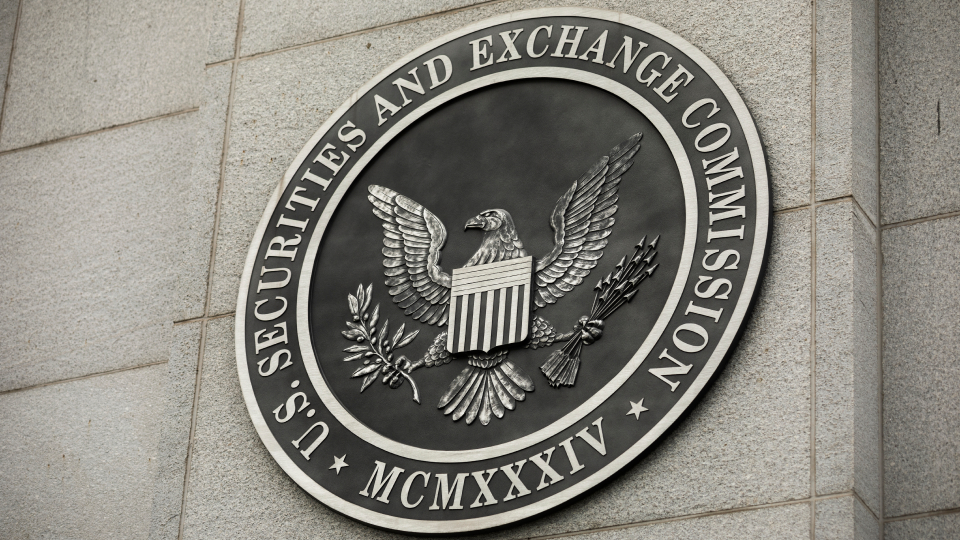|
Getting your Trinity Audio player ready...
|
The cryptocurrency market witnessed a bloodbath on July 4th, 2024, with Bitcoin (BTC) plummeting 7.4% to trade at $54,422. This sharp decline coincides with renewed activity from defunct exchange Mt. Gox, which moved a staggering 47,229 BTC ($2.7 billion) to another wallet address, fueling anxieties of a potential sell-off by creditors.
The Block’s data confirms the price plunge, marking a significant departure from Bitcoin’s recent bullish trend. This freefall triggered a wave of liquidations across major exchanges, with Coinglass reporting over $665 million liquidated in the past 24 hours. Bitcoin itself bore the brunt of these liquidations, with over $222 million lost, primarily from long positions. Ether (ETH) also suffered heavy losses, experiencing a 10.57% price drop to $2,890 and enduring liquidations of over $163 million.
Liquidations occur when a trader’s leveraged cryptocurrency holdings are forcibly closed due to insufficient margin or margin calls triggered by price drops. This domino effect can exacerbate market volatility, as seen in the current scenario.
Mt. Gox’s revival of its dormant holdings has cast a shadow over the market. The defunct exchange, infamous for its 2014 hack that resulted in the loss of hundreds of thousands of Bitcoins, is preparing to distribute these recovered funds to creditors. Experts like Peter Chung, head of research at Presto Research, believe this may lead to a more significant sell-off for Bitcoin Cash (BCH), another cryptocurrency Mt. Gox held, due to its potentially weaker investor base.
However, industry figures like Ben Caselin, chief marketing officer of crypto exchange VALR, remain optimistic. He views the current volatility as a short-term phenomenon, unlikely to impact Bitcoin’s long-term potential. Caselin suggests that the market might consolidate in the lower $50,000 range for a while, but the fundamental structure remains intact.
While Caselin’s optimism offers some solace, Mt. Gox’s actions and the resulting market panic highlight the inherent volatility of the cryptocurrency market. Only time will tell how these developments will shape the future trajectory of Bitcoin and other digital assets.
Disclaimer: The information in this article is for general purposes only and does not constitute financial advice. The author’s views are personal and may not reflect the views of Chain Affairs. Before making any investment decisions, you should always conduct your own research. Chain Affairs is not responsible for any financial losses.
With a keen eye on the latest trends and developments in the crypto space, I’m dedicated to providing readers with unbiased and insightful coverage of the market. My goal is to help people understand the nuances of cryptocurrencies and make sound investment decisions. I believe that crypto has the potential to revolutionize the way we think about money and finance, and I’m excited to be a part of this unfolding story.




